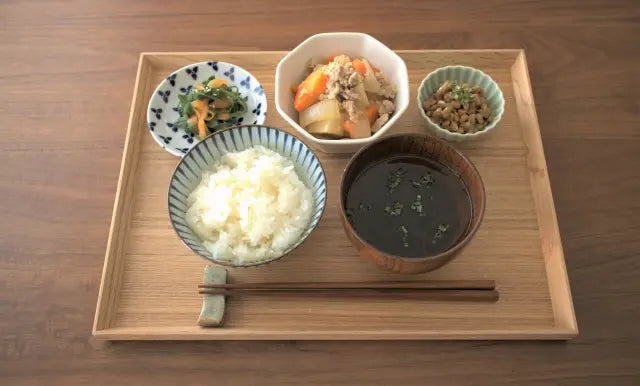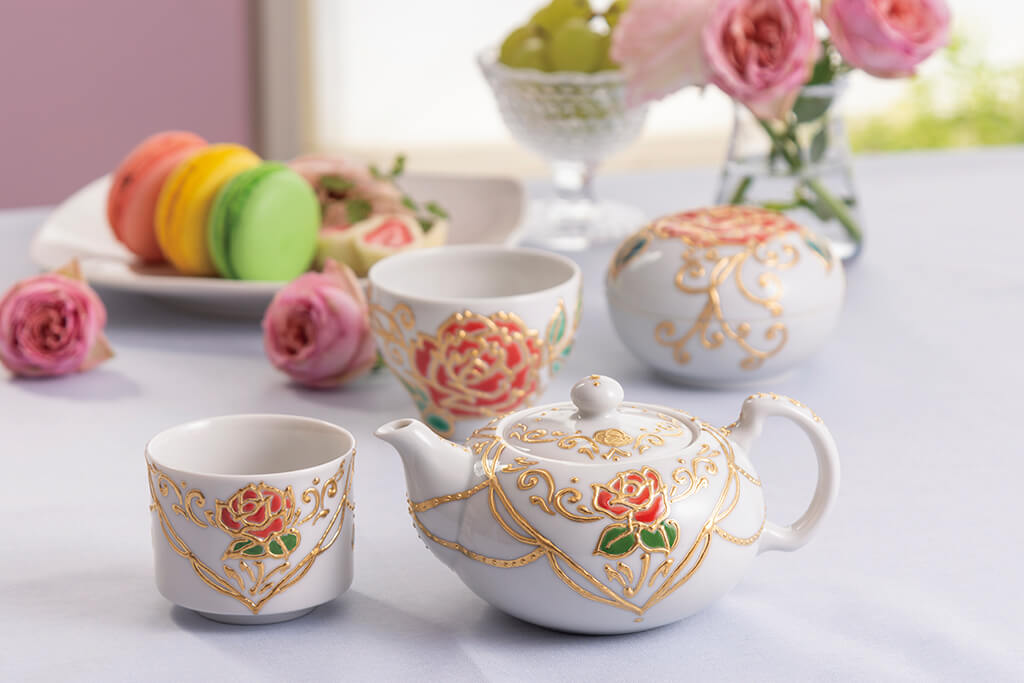📗Rice history
History of rice cultivation: Rice cultivation began in Japan during the Yayoi period (around the 3rd century B.C.), and rice became established as a staple food. Rice is well suited to the Japanese climate, and rice has been at the center of the Japanese diet throughout history.
📗Culture
Rice is central to Japanese food culture. The basic style of Japanese cuisine is "ichiju-sansai" (one soup and three side dishes), with rice as the staple food and soup and side dishes. This is the daily meal of the Japanese.
In many families, the habit of eating rice begins in childhood. This habit is passed down through generations.
📗Economy
Stable supply: Rice production in Japan is stable, and the price is relatively stable. This makes it possible to consume rice on a daily basis. Especially in rural areas, many families grow rice at home and are self-sufficient, so the habit of eating rice on a daily basis is deeply rooted.
〜In summary〜
The reason why Japanese people eat rice almost every day is due to a long history, tradition, culture, and economic background all working together. Rice is an indispensable part of the Japanese dining table, and this habit will continue in the future.



















